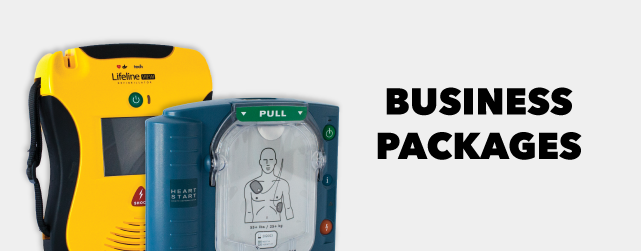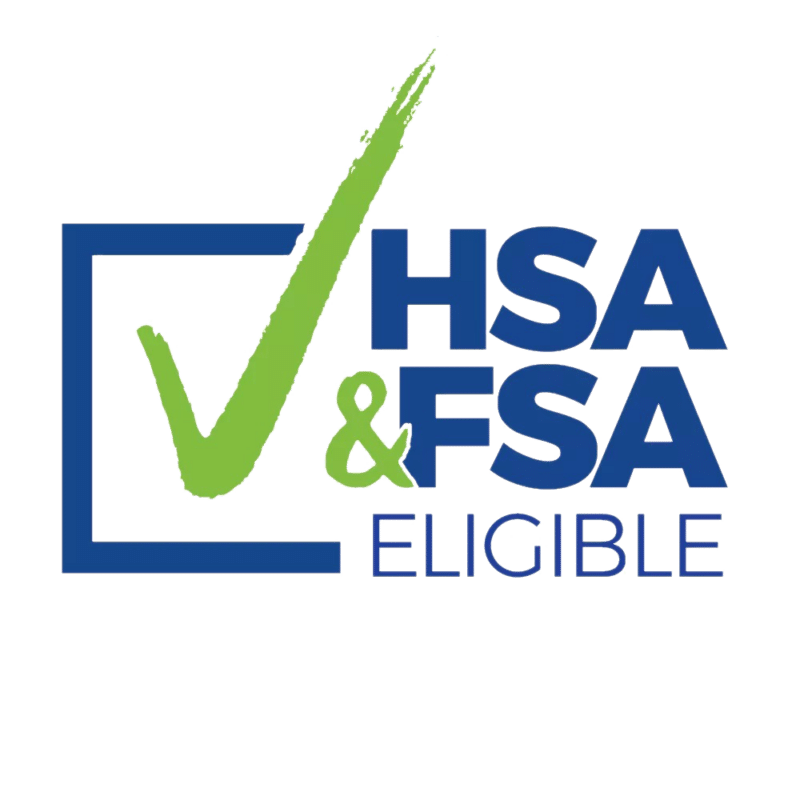No products in the cart.
Uncategorized
The Critical Importance of AEDs in Every Business: Safeguarding Lives in the Workplace
In the dynamic landscape of modern businesses, the safety and well-being of employees and customers should always be a top priority. While organizations invest in various safety measures, one crucial aspect that often goes overlooked is the presence of Automated External Defibrillators (AEDs). These life-saving devices can play a pivotal role in preventing fatalities due to sudden cardiac arrest (SCA) within the workplace. In this article, we will delve into the reasons why every business, regardless of size or industry, should prioritize the implementation of AEDs.
Understanding Sudden Cardiac Arrest (SCA):
Sudden cardiac arrest is a medical emergency that occurs when the heart unexpectedly stops beating. Unlike a heart attack, which is caused by a blockage in the blood vessels supplying the heart, SCA is often the result of an electrical malfunction in the heart that disrupts its normal rhythm. SCA can happen to anyone, regardless of age or health status, and it can strike without warning.
Time is of the Essence:
SCA is a time-sensitive emergency, and the chances of survival decrease by 10% for every minute that passes without intervention. Emergency medical services (EMS) may not always be able to arrive on the scene within that critical window, especially in larger or more remote workplaces. Having an AED on-site allows for immediate response and significantly improves the odds of survival.
Ease of Use:
One of the key advantages of AEDs is their user-friendly design. These devices are equipped with clear, audible instructions that guide even untrained individuals through the steps of administering defibrillation. Many AEDs also feature visual prompts, making them accessible to people with varying levels of first aid training. This ease of use ensures that anyone in the vicinity can provide prompt assistance in a high-stress situation.
Cost-Effective Risk Mitigation:
While the initial cost of purchasing AEDs and providing training for employees may seem like an investment, it pales in comparison to the potential cost of not having these devices in place. The human cost of a life lost is immeasurable, and the financial repercussions of potential lawsuits, worker’s compensation, and the negative impact on the company’s reputation can be severe. AEDs, therefore, serve as a cost-effective means of mitigating the risks associated with sudden cardiac arrest.
Legal and Regulatory Compliance:
In many jurisdictions, there are legal and regulatory obligations for businesses to provide a safe working environment for their employees and customers. Failure to comply with these requirements can result in fines and legal consequences. Incorporating AEDs into the workplace not only aligns with these legal obligations but also demonstrates a commitment to the well-being of the workforce and visitors.
Enhancing Employee Morale and Confidence:
The presence of AEDs in the workplace goes beyond meeting legal requirements; it also fosters a sense of security and care among employees. Knowing that their workplace is equipped to handle medical emergencies instills confidence and reassurance. This boost in morale can contribute to a positive work environment, as employees feel valued and supported by their employer.
Comprehensive Training Programs:
While AEDs are designed for ease of use, providing comprehensive training programs for employees is crucial. Training sessions should cover not only the proper use of AEDs but also basic life support (BLS) techniques. Employees should be familiar with recognizing the signs of cardiac arrest, calling for emergency services, and performing cardiopulmonary resuscitation (CPR) before the AED is deployed. Regular training sessions ensure that employees remain confident and capable of responding effectively in high-pressure situations.
Adaptability to Diverse Work Environments:
AEDs are versatile devices that can be adapted to various work environments, ranging from office spaces to manufacturing facilities, educational institutions, and recreational areas. Portable and easily deployable, AEDs can be strategically placed throughout the premises to minimize response times. This adaptability makes them suitable for businesses of all sizes and industries.
Creating a Heart-Safe Environment:
Implementing AEDs in the workplace contributes to the creation of a heart-safe environment. This term refers to an environment where the risk of death due to sudden cardiac arrest is minimized through the presence of AEDs, along with well-trained individuals who can respond promptly. A heart-safe workplace is not only safer for employees and visitors but also reflects positively on the organization’s commitment to health and safety.
Promoting Community Well-Being:
Beyond the immediate benefits to employees and customers, businesses that invest in AEDs contribute to the overall well-being of the communities they serve. Sudden cardiac arrest can occur anywhere, and by having AEDs available, businesses become active participants in the broader effort to improve public health and safety. This community-focused approach can enhance the reputation of the business and foster positive relationships with residents.
Conclusion:
In conclusion, the inclusion of Automated External Defibrillators in the workplace is a critical component of any comprehensive safety plan. The ability to respond rapidly to sudden cardiac arrest can make the difference between life and death. Businesses that prioritize the implementation of AEDs not only safeguard the lives of their employees and customers but also position themselves as responsible and caring entities within their communities. Investing in AEDs is an investment in both human capital and the long-term success of the business.






